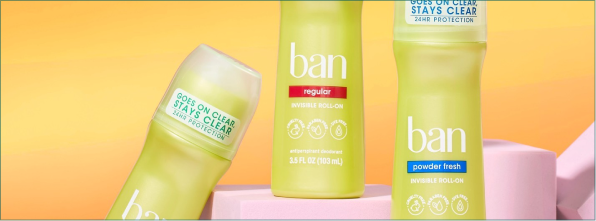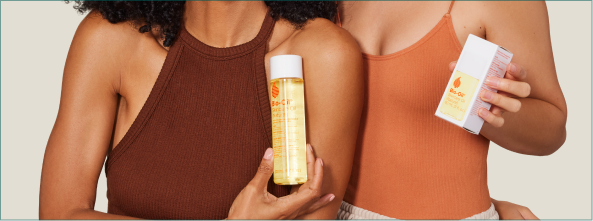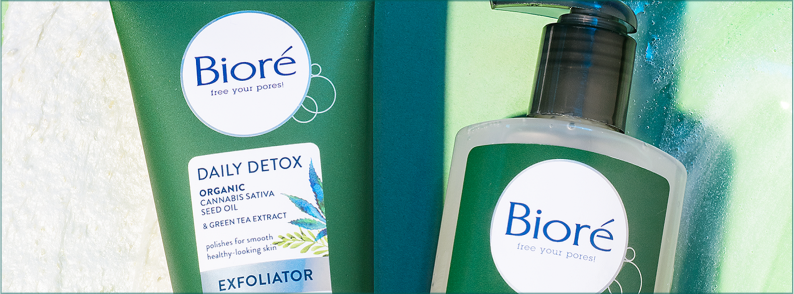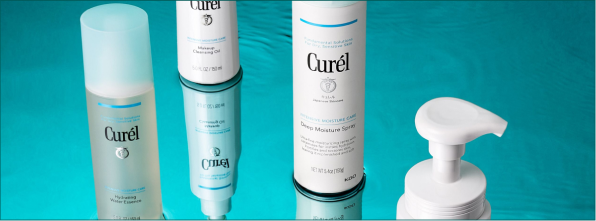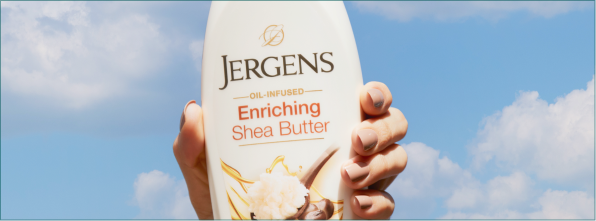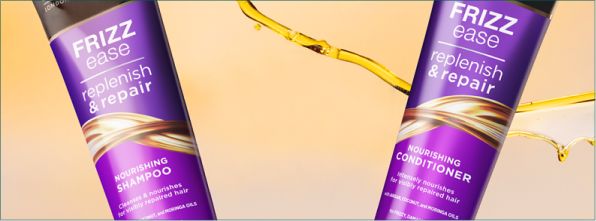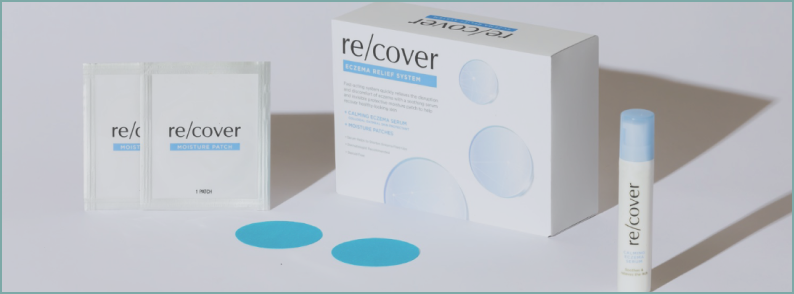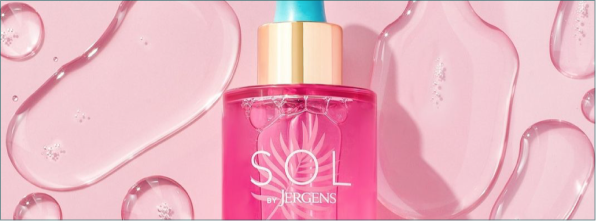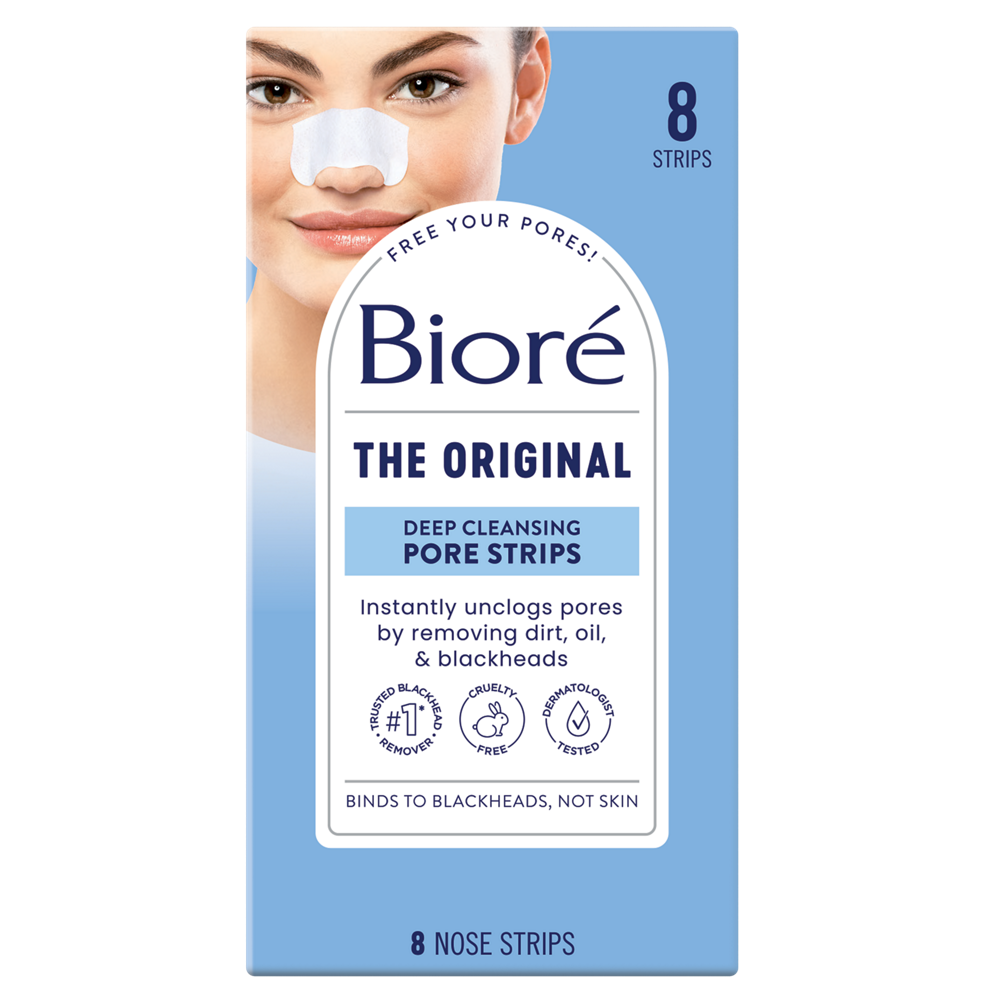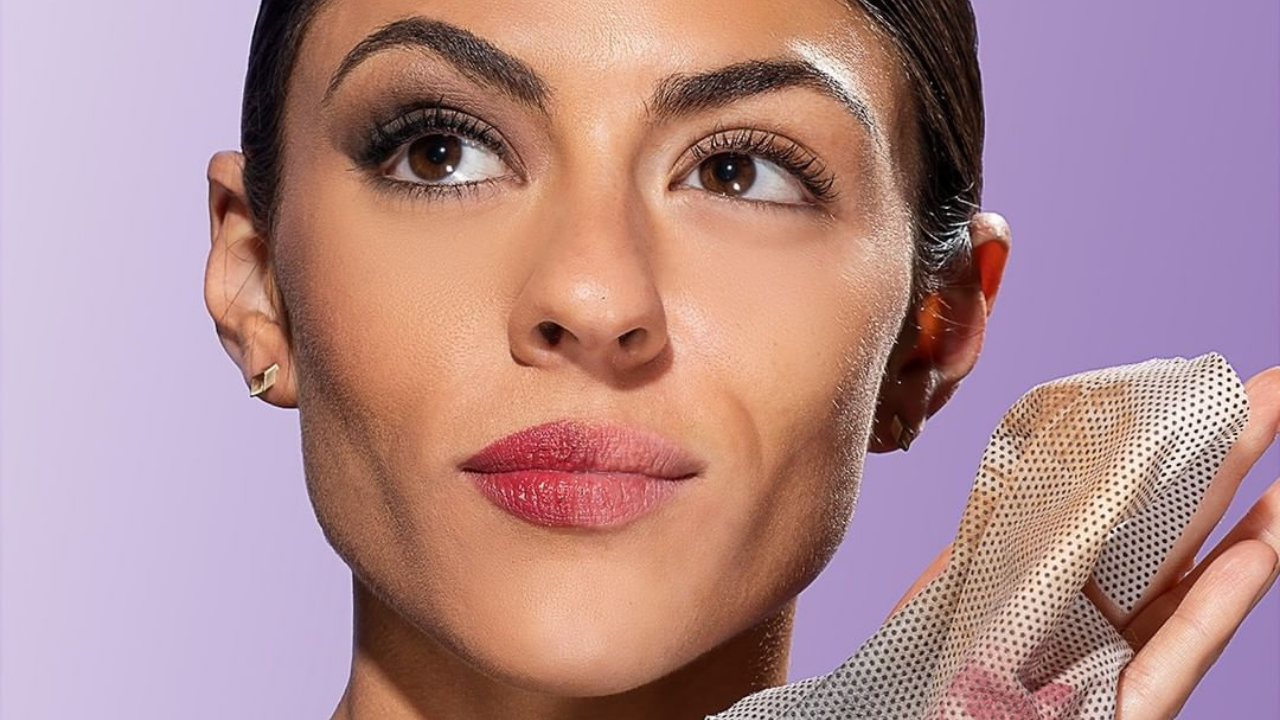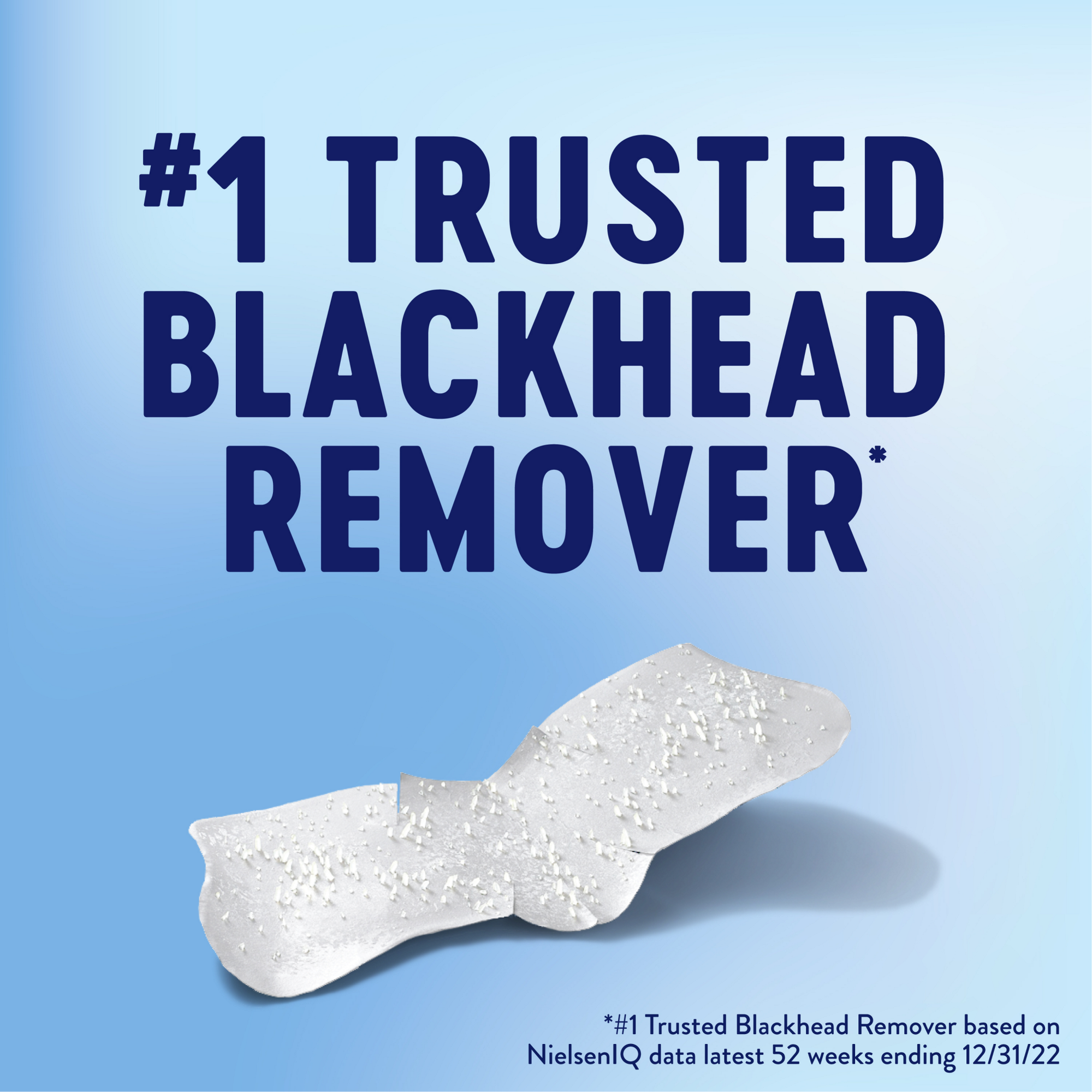How to Get Rid of Blackheads on Your Nose: 9 Expert Tips

Blackheads can pop up anywhere, but when they appear on your nose, they present a unique set of challenges in care and prevention. The medical term for blackheads is open comedones, and they differ from whiteheads which are closed comedones.
Blackheads have similar causes regardless of where they appear on your body, but they can be more noticeable when they show up on your nose. Nose blackheads also present a more unique set of challenges in care and prevention.
Given that your nose is often a focal point, let’s delve into what causes these blackheads and, more importantly, how to get rid of blackheads on your nose to ensure you put your best face forward.
Why You Have Blackheads on Your Nose
Blackheads on your nose are caused by the accumulation of dead skin cells, oil, and bacteria in your skin’s pores. Due to the increased number of oil glands on the nose, this is the most common area for blackheads
Blackheads are clogged hair follicles. “When these are exposed to the air, they turn black,” says Erica Palmer, head of Bioré Skincare R&D. “As we age, the skin’s sebum production increases, which is why you still get blackheads at a later age. Blackheads are not a result of dirt or insufficient cleansing of the skin,” says Palmer.
Now that we know why blackheads often appear on your nose, it’s important to figure out how to get rid of them before they get worse.
How to Get Rid of Blackheads on Your Nose: 9 Expert Tips
If you’re wondering how to get rid of blackheads on your nose, the best way is to follow a consistent skincare routine that combines a variety of effective acne-fighting products. Ideally, you’re using products that remove existing blackheads and help you achieve clear skin. If your skin is naturally oily, you can adjust your skincare routine for oily skin to further prevent oil overproduction that clogs your pores. Here are our top tips for getting rid of blackheads on your nose:
1. Use Pore Strips to Remove Blackheads On Your Nose
Pore strips act like a magnet to instantly lift out deep-down dirt and oil. If you’re looking for a way to get rid of blackheads on your nose instantly, pore strips are your best bet. With regular use, pore strips can help reduce the size of your pores.
Pore strips work great on blackheads and blocked pores as an adjunct to your skincare routine,” says Palmer.
2. Use a Pore Detoxifying Cleanser Twice Daily and After a Workout
To help treat blackheads, wash your face with a pore-detoxifying cleanser day and night. Although staying active is healthy for your skin, excess sweat increases the chance that your pores will become clogged.
“For ladies who brunch right after their workouts, I always recommend gentle face wipes to hold them over until they can hit the shower. You can wipe the sweat and oil off your face, chest, and back to help prevent acne. For more serious cases, a prescription-strength antibacterial wipe can be helpful to keep in your gym bag for post-workout cleansing,” says Palmer.
3. Try Salicylic Acid In Your Face Cleanser
To get rid of blackheads, consider a daily face cleanser with salicylic acid. This ingredient helps control oil and prevent acne by deep cleaning your pores and helping get rid of dead skin cells on your face.
Palmer suggests adding this acne-fighting acid to your skincare routine to keep blackheads at bay. She tells us that “acids can be helpful in getting rid of nose blackheads over time. This can be done via a salicylic acid cleanser or a facial toner with Salicylic Acid for dual benefits of the acid as well as the pore tightening from the toner.”
4. Exfoliate With a Gentle Face Scrub
Add a gentle face scrub to your weekly routine to keep blackheads at bay. For effective exfoliation, you only need to exfoliate one to three times a week, depending on your skin's sensitivity. But be careful to avoid over-scrubbing your skin—that, can cause your pores to go into oil production overdrive, leading to even more blackheads.
5. Add a Pore-Clarifying Toner
To prevent excess oil and refine your pores, add a pore-clarifying toner into the mix. Using toner can help remove residue and control oil to prevent and treat blemishes. It can also help you avoid clogged pores, which can lead to blackheads. An extra bonus is if your facial toner has salicylic acid to help prevent your skin from getting too oily.
6. Try a Clay Mask
Add a clay mask to your weekly routine for an extra boost of care. Clay masks help lift away dead skin cells that can cause blackheads. After a few face mask applications, you’ll notice an improved skin tone and texture, revealing a healthy, bright complexion.
7. Try Charcoal Skincare Products
Charcoal is a huge fad in beauty products right now, and for good reason. Charcoal gets deep into your pores to help clean out dirt and oil, detoxifying your skin. Use charcoal nose strips to get those pesky deep-rooted blackheads and use a charcoal cleanser as one of your daily cleansers to keep blackheads away.
8. Use a Retinol at Night
Products that contain retinol, like a topical retinol cream, are highly effective in loosening clogged pores. Retinol increases the rate of cell turnover and can build collagen over time while also decreasing oil production and getting rid of dead skin cells on the surface of your skin. It essentially wages war against your blackheads, creating an environment they can’t survive in.
Don’t overdo it with retinol, though—too much retinol can dry out your skin. Try an over-the-counter retinol product to get rid of your nose blackheads. If you don’t see any improvement after a few weeks of regular use, ask a dermatologist about getting a retinol prescription for higher-dosage products.
9. See an Expert For Extraction
We know it’s tempting to poke and prod your nose to remove blackheads, but this can often end up making blackheads worse (and far more noticeable) in the long run. You might also accidentally be trying to remove sebaceous filaments, which can look like blackheads but are actually a natural and necessary part of your skin.
Manual blackhead extractions are risky and should only be done by a licensed esthetician or board-certified dermatologist. Improper extractions can lead to scarring. Even pressure must be applied around the clogged pore to avoid scarring and sterile instruments should be used to prevent infection. This can be very helpful on a 2-3 monthly schedule with a good, expert esthetician.
“See a dermatologist and get facials by a licensed esthetician. Do not try to pick or dig at your blackheads. If you must pick your own, do so after a long warm shower so that the skin and blackheads are softened and extract easily, with minimal harm to the skin,” says Palmer.
See a dermatologist and get facials by a licensed esthetician. Do not try to pick or dig at your blackheads. If you must pick your own, do so after a long warm shower, so that the skin and blackheads are softened and extract easily, with minimal harm to the skin.
Erica Palmer, head of Bioré Skincare R&D.
What you shouldn’t do for nose blackhead removal
These days, there are a lot of so-called “skin experts” on social media claiming they’ve found the ultimate DIY blackhead removal hacks. But many skin doctors will tell you that when it comes to skincare, it’s better to buy than to DIY.
Here are some of the things you should avoid doing to remove blackheads on your nose:
- At home extractions: We cannot stress this enough—do not try to squeeze your own blackheads. You’ll only make them worse and risk scarring your face, which is far more noticeable than blackheads.
- Applying toothpaste on blackheads: Yes, there’s an idea circulating the web that you can use toothpaste to extract your nose blackheads. Don’t buy it! Toothpaste can cause dryness and irritation, causing more skincare troubles than it’s worth.
Using blackhead suction devices: You’ve likely seen these pore-sucking devices that claim to clear your pores of dirt. If they worked like they claimed, we’d all be out of business. Instead, they put your skin at risk and can even break your blood vessels. Stay away from these.
How to Prevent Blackheads on Your Nose
After you put in all that hard work to remove your blackheads, it’s important to know how to help prevent them from making a comeback on your face. Add these tips to your skincare routine to help prevent blackheads on your nose.
- Wash your face twice a day. Use a daily face cleanser once in the morning and once at night. But, be careful not to overwash your face as it can strip your face of its natural oils. Overwashing can start a chain reaction in your skin that causes it to produce even more oil to overcompensate for dry skin. Use our tips on how to use cleanser for more on how to wash your face.
- Use oil-free lotion and sunscreen. Because excess oil is one of the causes of blackheads, make sure to buy oil-free products. This will ensure that your skin is protected and hydrated without adding extra oil to your skin.
- Use non-comedogenic makeup. Did you know that the same makeup you reach for to cover up your acne can actually lead to more breakouts? Non-comedogenic makeup is skin-friendly makeup that is specifically designed to not clog your pores.
- Wash your pillowcases once a week. Pore-clogging oil and bacteria can live on your pillowcase and contribute to breakouts while you’re sleeping. Wash your pillowcases once a week to prevent dirt and oil buildup.
- Avoid touching your face. During the day, your hands come in contact with millions of nasty bacteria. If you have a bad habit of touching your face, this bacteria can get into your pores and contribute to blackheads. Also, be wary of anything that touches your face, like your cellphone or glasses. Regularly clean these to prevent excess dirt from making its way into your pores.
- Always wash your makeup off. “Makeup can cause clogging of the pore and blackheads,” says Palmer. If you’re too tired for a full skincare routine at night, keep makeup removing face wipes next to your bed.
When To See a Dermatologist For Blackheads
Sometimes you can follow all of the expert blackhead removal tips and still not see any results. If you’re struggling with incessant blackheads, or if your blackheads become enlarged or painful, it’s time to call in an expert.
Oftentimes blackheads will go away on their own, but if you’re not seeing any improvement, it’s time to see a dermatologist for treatment. If blackheads are left untreated, they can become bigger, turn into pimples, or, in severe cases, cause scarring or hyperpigmentation.
Key Takeaways
- Blackheads on your nose are most often caused by excess oil and dirt on your face, which leads to clogged pores.
- The best way to get rid of blackheads is to follow a consistent skincare routine that combines a variety of powerful acne-fighting products.
- Effective ways to get rid of blackheads is to remove existing blackheads with a pore strip, or see an expert for extraction. Don’t try to do pore extractions on your own. Schedule an appointment with a professional for best results.
- Treat and help prevent blackheads with a daily cleanser that contains salicylic acid, followed by a toner. Using gentle scrubs and masks weekly will also help exfoliate your skin.
- If you live a very active and busy lifestyle, carry face wipes with you to clean your face and help prevent breakouts on the go.
- Ultimately, fighting blackheads on your nose such as with witch hazel for blackheads, involves keeping your skin clear and cleansed via lifestyle and skincare remedies.
